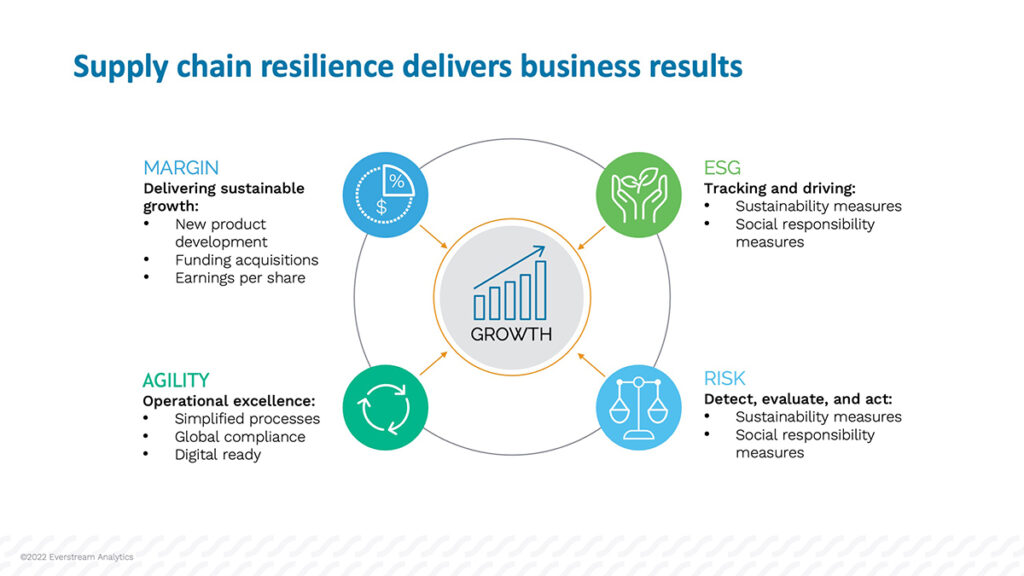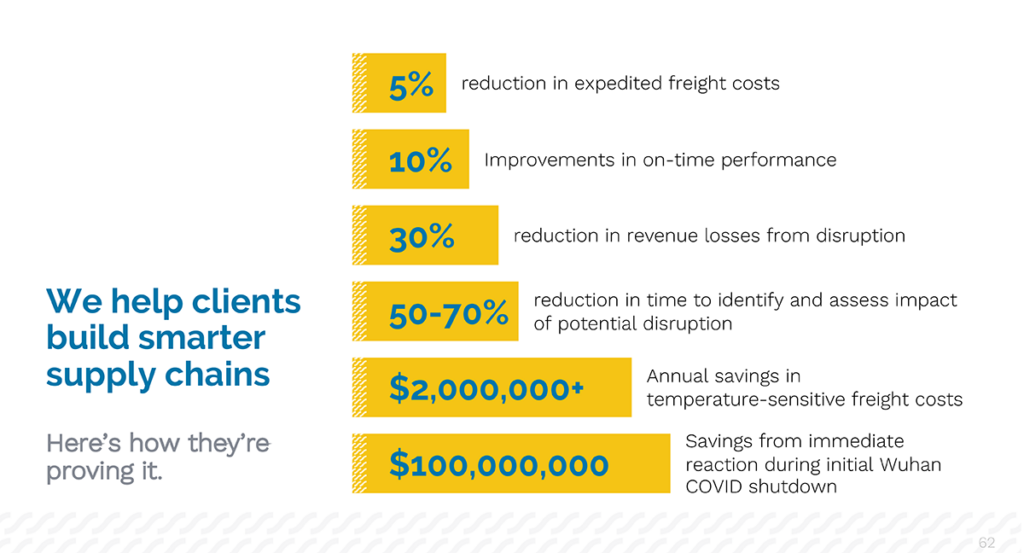Okay, so I’ve been digging into this whole “supply chain risk intelligence” thing lately, and let me tell you, it’s been a wild ride. I started with pretty much zero knowledge, just a vague idea that it had something to do with, you know, not having your business fall apart because of some unforeseen problem with your suppliers.
My first step was just Googling around – “supply chain risk,” “supply chain disruptions,” that sort of thing. I stumbled upon a few articles and blog posts that mentioned “supply chain risk intelligence”, I felt it’s very interesting, and also could be implemented to my daily works, so I decided to have a try and see how it goes.

Then, I started trying to gather some data. I mean, where do you even begin? I focused on my own business first. I listed out all my key suppliers – the ones I really depend on. Then, I started digging into them.
- Where are they located?
- What’s their financial situation like? (This was tricky, had to rely on publicly available info mostly.)
- Have they had any recent problems – strikes, natural disasters, anything like that?
This was a lot of manual work, I’m not gonna lie. Lots of searching news articles, checking company websites, even looking at stuff on social media to see if there were any rumblings of trouble. It was like being a detective, but for, like, shipping delays and factory fires.
Once I had a decent amount of data, I threw it all into a simple spreadsheet. Nothing fancy, just columns for the supplier name, location, risk factors, and any notes I had. I started to color-code things – green for low risk, yellow for medium, red for “oh crap, we might have a problem.”
Seeing it all laid out like that was a real eye-opener. I could immediately see which suppliers I needed to pay more attention to, and which ones were probably fine. It also helped me think about things like:
- Do I have backup suppliers for my most critical components?
- Should I be diversifying my sourcing to different regions?
The next stage, which I’m still working on, is figuring out how to get alerts. I don’t want to be constantly checking the news for every single supplier. I need something that will tell me, “Hey, there’s a typhoon heading for your widget factory in Taiwan!” There are some services for that, it looks like, but they can be pretty expensive, I need some time to pick the most suitable one for my business.
Where I Am Now
I’m not claiming to be an expert, far from that. But I’ve gone from “knowing nothing” to having a basic system in place for tracking and assessing supply chain risks. It’s already made me feel more in control, and it’s definitely helped me sleep better at night. My next step is to find a service that offer customized alerts, and find some more data providers for more accurate information. I will keep you guys updated!
